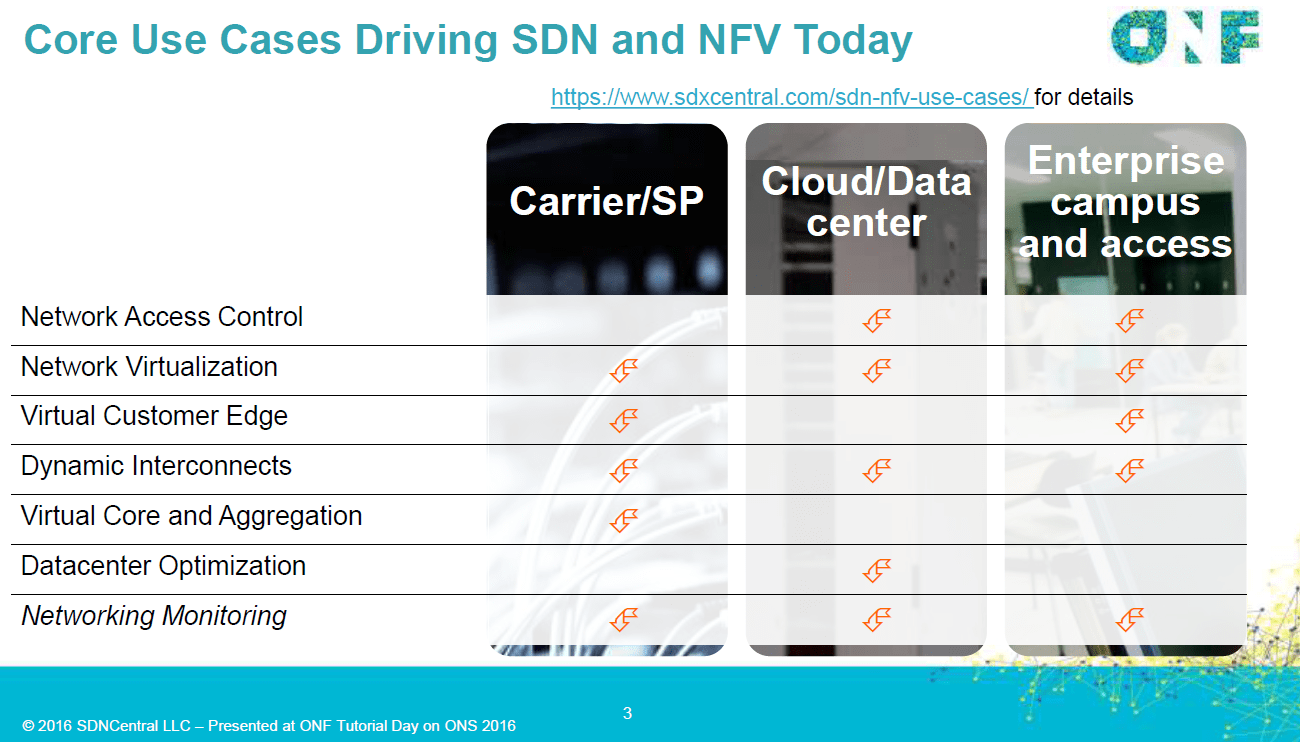In software-defined networking, open source has been and continues to be the lay of the land. Businesses have several controllers to choose from, two more prominent ones of which are the open-source Open Network Operating System (ONOS) and Open Daylight (ODL). CloudSmartz has experience with both ONOS and ODL. ONOS is what CloudSmartz has chosen to use for their Suite of SDN Solutions.
While both are connected through their relationship with the Linux Foundation, there are some clear differences between them for users to pay attention to. But before we examine ONOS and ODL closely, it’s worth mentioning the other players in this field.
OpenContrail and Ryu are also both prominent figures, as the Open Networking Foundation has noted, and the sector includes other active options, like Floodlight, LOOM, OpenMUL and Trema.
However, ONOS and ODL are major contenders that need to be considered side by side. ONOS vs. ODL– Cloud provider vs. Carrier-grade networks – Legacy vs. “Pure SDN – Corporate initiated vs. Academic initiated.
Both ONOS and ODL are written in Java and designed for modular use with a customizable infrastructure–and it is important to note that every ONOS partner is also an ODL member. Beyond that, there are some key features that set them apart:
- Licensing: ONOS has an Apache 2.0 license, while ODL uses the Eclipse Public License. ONOS is a little more Service Provider / Cloud Provider focused.
- Structure: Though some of its aspects are still developing, ONOS consists of a complex series of subsystems, as well as scalable functions for telecom systems. ODL, by contrast, uses a model-view-control platform and operates off of a strong central abstraction layer.
- Target clients: The ONF also said that ODL and ONOS both have hybrid commercial strategies, but there are differences when it comes to which company is appealing to which vendors. While The Whole Stack connected ONOS to telecoms, it said ODL was more focused on data centers.
- Focus: ODL focuses on bringing legacy (BGP, SNMP etc) and NGN (Next generation Networks OpenFlow and SDN) together. ONOS focuses more on performance aspects and clustering to increase the availability and scalability naturally making it of more interest typically to Carriers. As a result ONOS focuses more on Carrier-grade networks and telcos are involved with their projects. ODL has more vendors like Cisco, Juniper, and NES than ONOS.
- Northbound Abstractions (Intent): ONOS features 2 Northbound interface layers: Intent Framework and Global Network View. The Intent Framework shields the complexity of service operations, allowing applications to request network services abstracted from the specific details of service operations. Application developers can do their jobs and only need to raise operational intents. ODL is headed in the same direction with the Network Intent Composition project, which will enable developers to easily describe their own intents. ODL hopes to create a uniform intent platform to integrate many user intent Northbound Interfaces. At this point ODL lags behind ONOS in this regard.
Ultimately, today, ONOS boasts the better pedigree and will be the stronger choice for companies that want to radically upgrade their network access mode (give or take limitations in real-world experiences). Contact CloudSmartz for products and guidance that take you directly through network function virtualization and software-defined networking technologies.

